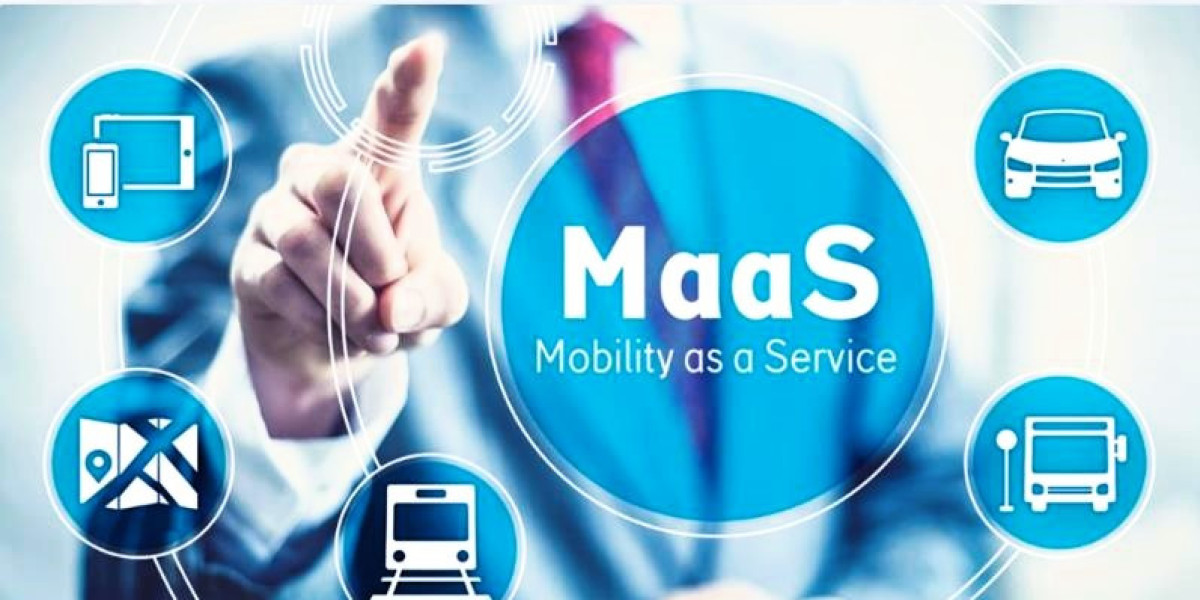While the vision of a seamlessly integrated transportation network is compelling, the long-term success of Mobility as a Service hinges on the development of sustainable and profitable commercial models. A detailed analysis of Mobility as a Service revenue models reveals a diverse and evolving landscape of strategies that platforms are using to capture value from the convenience they create. Unlike a traditional transport operator that simply sells tickets, a MaaS provider's revenue is derived from its role as an intelligent aggregator and marketplace operator. Understanding these different revenue streams is key to appreciating the complex financial dynamics of this emerging industry and the path that leading players are taking towards building a viable and scalable business in the competitive urban transport market.
The most straightforward and common revenue model is the pay-as-you-go (PAYG) commission. In this model, the MaaS platform acts as a reseller or booking agent for the various transport services it integrates. When a user books and pays for a trip through the app, the platform takes a small commission or a percentage of the total fare before passing the rest on to the transport operator. This is a low-risk model that is relatively simple to implement and is attractive to transport providers as they only pay when a booking is generated. This model is often the starting point for new MaaS deployments and is a fundamental building block of the industry's financial structure, particularly for platforms that are focused on providing a comprehensive trip planning and booking service without a deeper subscription relationship.
However, the true innovation in MaaS revenue models, and the one that holds the most promise for changing consumer behavior, is the subscription-based model. In this approach, users pay a recurring flat fee—typically monthly—for access to a bundled package of transportation services. These packages can come in many different forms. A basic subscription might include unlimited public transport and a certain number of bike-share minutes. A premium subscription could add a monthly budget for ride-hailing services or a set number of hours for a car-sharing service. This model is incredibly powerful because it encourages users to fully commit to a car-free or "car-lite" lifestyle by providing them with a predictable and often more economical alternative to the costs of car ownership, creating a sticky, long-term customer relationship.
Finally, a rapidly growing and highly lucrative revenue stream is the B2B or corporate MaaS market. In this model, the MaaS provider sells its services directly to businesses, which then offer it to their employees as a benefit. This can be a powerful tool for companies looking to attract and retain talent, meet their corporate sustainability goals, and reduce the need for expensive office parking. The revenue is typically generated through a monthly subscription fee paid by the company for each participating employee. This B2B model is highly attractive to MaaS providers as it allows them to acquire a large number of high-frequency users in a single sales motion, providing a more stable and predictable source of revenue than the more volatile consumer market.
Explore Our Latest Trending Reports:







